Your cart is currently empty!
Tag: Security
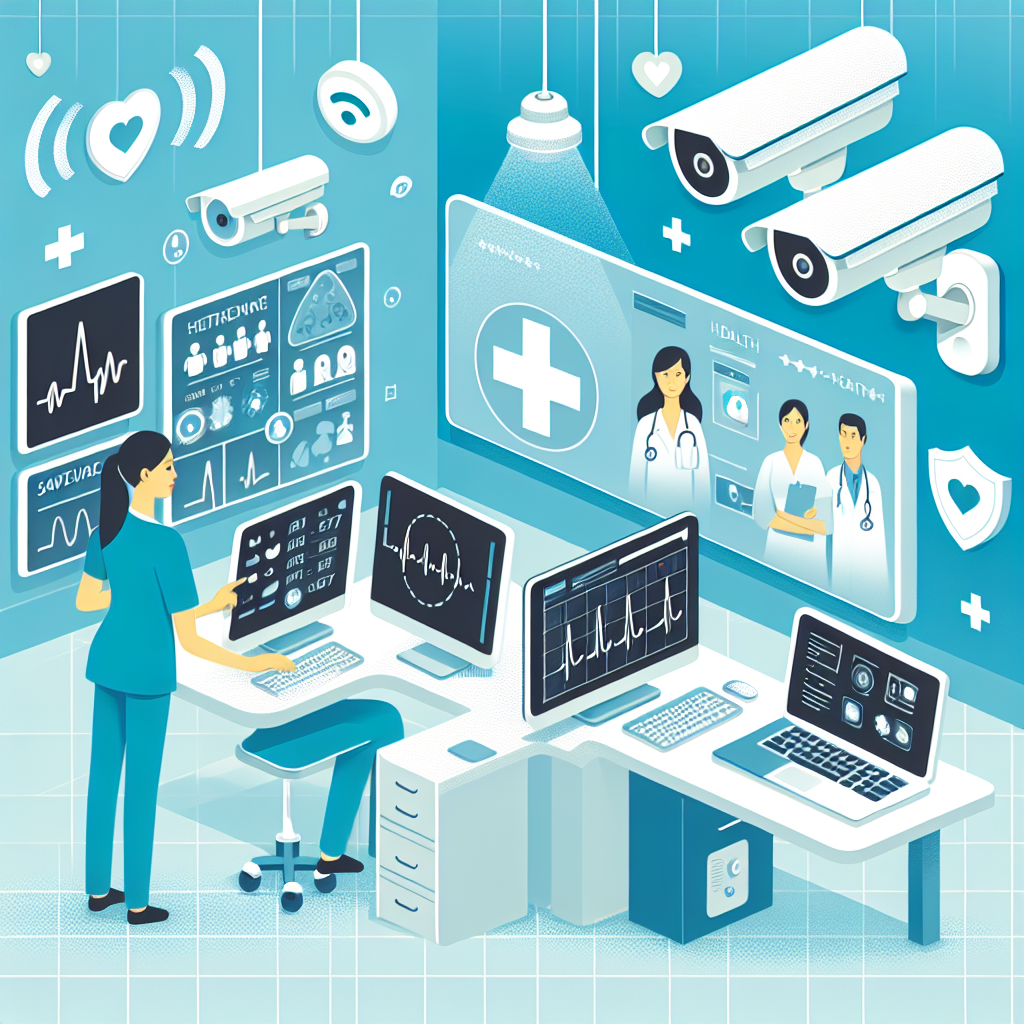
Remote Monitoring: Enhancing Safety and Security in Healthcare
Remote monitoring technology has revolutionized the way healthcare providers can ensure the safety and security of their patients. By utilizing remote monitoring devices, healthcare professionals can keep a close eye on their patients’ vital signs, activity levels, and overall health status without the need for constant in-person visits.One of the key benefits of remote monitoring is its ability to provide real-time data to healthcare providers, allowing them to quickly identify any potential issues or changes in a patient’s condition. This proactive approach to monitoring can help prevent medical emergencies and provide early intervention when necessary.
Remote monitoring also allows for continuous monitoring of patients, even when they are not physically in a healthcare facility. This is especially beneficial for patients with chronic conditions or those who require ongoing monitoring to manage their health. By tracking their vital signs and activity levels remotely, healthcare providers can ensure that patients are staying on track with their treatment plans and making progress towards their health goals.
In addition to enhancing patient safety, remote monitoring also improves the security of healthcare facilities. By keeping a close eye on patients remotely, healthcare providers can quickly respond to any security threats or emergencies that may arise. This can help prevent potential incidents such as patient falls, medication errors, or unauthorized access to patient information.
Furthermore, remote monitoring technology can also improve the efficiency of healthcare delivery by reducing the need for unnecessary in-person visits and streamlining the monitoring process. This not only saves time and resources for healthcare providers but also improves the overall patient experience by providing more personalized care and timely interventions.
Overall, remote monitoring is a powerful tool for enhancing safety and security in healthcare. By leveraging the latest technology to keep a close eye on patients remotely, healthcare providers can ensure that their patients receive the best possible care while also maintaining a secure healthcare environment. As technology continues to advance, the possibilities for remote monitoring in healthcare are endless, promising even greater improvements in patient safety and security in the future.
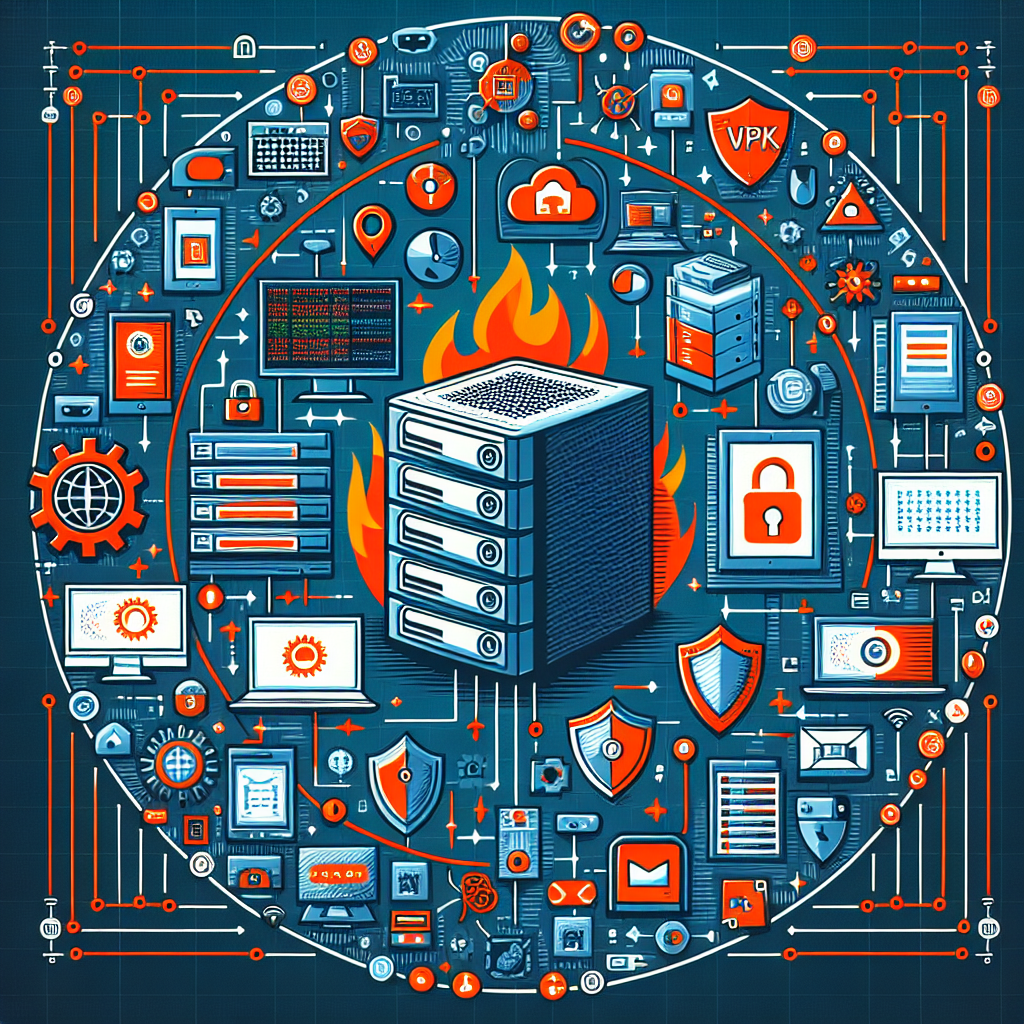
Best Practices for Network Security and Management
In today’s digital age, network security and management have become crucial components of any organization’s IT infrastructure. With cyber threats becoming more sophisticated and prevalent, it is imperative for businesses to implement best practices to protect their networks from potential breaches and attacks.Here are some key best practices for network security and management that organizations should consider:
1. Implement a robust firewall: A firewall acts as a barrier between your network and external threats, filtering out potentially harmful traffic. It is essential to configure and regularly update your firewall to ensure that it is effectively protecting your network from unauthorized access.
2. Use strong encryption: Encrypting data in transit and at rest is essential to protect sensitive information from being intercepted or accessed by unauthorized users. Implementing strong encryption protocols such as SSL/TLS can help secure your network communications.
3. Regularly update and patch systems: Keeping your network infrastructure up-to-date with the latest security patches and updates is essential to protect against known vulnerabilities. Hackers often exploit outdated software and systems to gain unauthorized access to networks.
4. Implement multi-factor authentication: Multi-factor authentication adds an extra layer of security by requiring users to provide multiple forms of identification before accessing the network. This helps prevent unauthorized access, even if login credentials are compromised.
5. Monitor network traffic: Monitoring network traffic in real-time can help detect and respond to suspicious activities or anomalies that may indicate a potential security breach. Implementing intrusion detection and prevention systems can help identify and mitigate threats before they escalate.
6. Conduct regular security audits: Performing regular security audits and assessments can help identify potential vulnerabilities and weaknesses in your network infrastructure. This allows organizations to proactively address security issues before they are exploited by cybercriminals.
7. Educate employees on cybersecurity best practices: Human error is often a significant factor in security breaches, so it is essential to educate employees on cybersecurity best practices. Training employees on how to recognize and respond to phishing emails, secure passwords, and protect sensitive information can help prevent security incidents.
8. Implement a disaster recovery plan: In the event of a security breach or data loss, having a robust disaster recovery plan in place is essential to minimize downtime and mitigate the impact on your organization. Regularly testing and updating your disaster recovery plan ensures that you can quickly recover from any security incidents.
By implementing these best practices for network security and management, organizations can enhance their cybersecurity posture and protect their valuable data and assets from potential threats. Investing in robust security measures and staying vigilant against emerging threats is essential to safeguarding your network infrastructure in today’s digital landscape.

Remote Monitoring: Enhancing Security and Surveillance Systems
In today’s fast-paced world, security and surveillance systems are becoming increasingly important for businesses, organizations, and homeowners. With the rise of technology, remote monitoring has become a key component in enhancing the effectiveness and efficiency of these systems.Remote monitoring allows users to access and control their security and surveillance systems from any location, at any time. This means that whether you are at home, in the office, or on the go, you can keep an eye on your property and assets with just a few clicks on your smartphone or computer.
One of the biggest advantages of remote monitoring is the ability to receive real-time alerts and notifications. If there is any suspicious activity detected by your security cameras, you will be immediately alerted so that you can take action quickly. This can help prevent theft, vandalism, and other criminal activities before they escalate.
Remote monitoring also allows for greater flexibility and scalability in your security system. You can easily add new cameras, sensors, and other devices to your system and monitor them all from a single interface. This makes it easier to customize your security solution to meet your specific needs and requirements.
Moreover, remote monitoring can also help reduce costs and increase efficiency. With the ability to monitor your security system remotely, you can reduce the need for onsite security personnel and save on manpower costs. Additionally, remote monitoring can help improve response times to incidents, as you can quickly assess the situation and take appropriate action.
Overall, remote monitoring is a valuable tool for enhancing security and surveillance systems. It provides users with greater control, flexibility, and efficiency in monitoring their properties and assets. With real-time alerts, scalability, and cost-saving benefits, remote monitoring is a must-have feature for any modern security system.
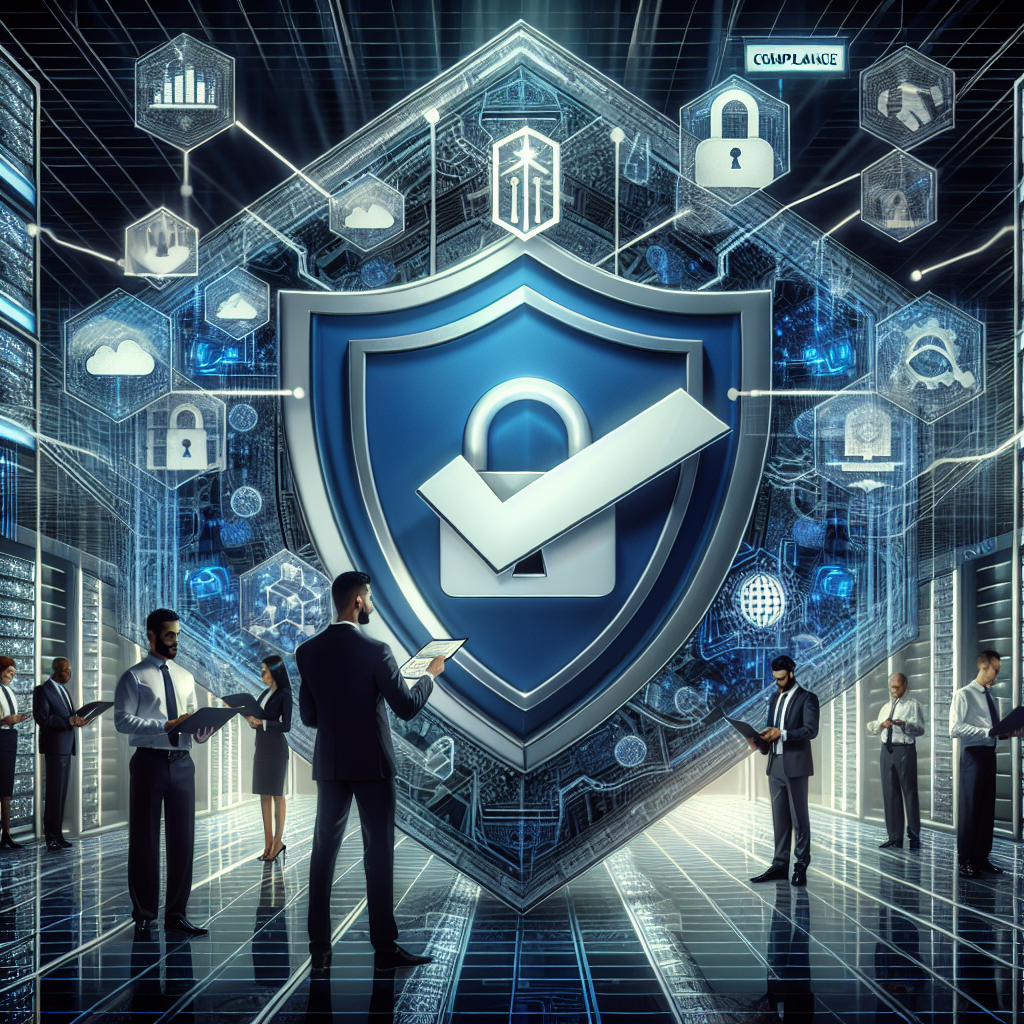
How Managed Services Can Improve IT Security and Compliance
In today’s fast-paced and technology-driven world, businesses are increasingly reliant on their IT infrastructure to operate efficiently and effectively. However, with the rise of cyber threats and regulations around data protection, it has become more challenging for organizations to ensure the security and compliance of their IT systems.This is where managed services come into play. Managed services providers offer a range of IT services, including security and compliance management, to help businesses mitigate risks and ensure they are meeting regulatory requirements. By outsourcing these functions to a trusted partner, organizations can benefit from expert guidance, advanced technologies, and round-the-clock monitoring to enhance their overall security posture.
One of the key ways managed services can improve IT security is through proactive monitoring and threat detection. Managed service providers use advanced tools and technologies to continuously monitor networks, applications, and systems for any signs of suspicious activity or potential security breaches. By detecting threats early on, businesses can quickly respond and mitigate the impact of an attack, preventing costly data breaches and downtime.
Additionally, managed services providers can help businesses stay compliant with industry regulations and data protection laws. With the ever-changing regulatory landscape, organizations need to stay up-to-date on the latest requirements and ensure they are implementing the necessary controls to protect sensitive data. Managed services providers have the expertise and resources to help businesses navigate these complexities and ensure they are meeting compliance standards.
Furthermore, managed services can also help businesses improve their overall IT infrastructure by implementing best practices and security measures. Managed service providers can conduct regular security assessments, implement security policies and procedures, and provide ongoing training to employees to enhance their awareness of cyber threats. By taking a proactive approach to security, businesses can better protect their data, systems, and customers from potential cyber attacks.
In conclusion, managed services play a crucial role in improving IT security and compliance for businesses. By partnering with a trusted managed services provider, organizations can benefit from expert guidance, advanced technologies, and proactive monitoring to enhance their security posture and ensure they are meeting regulatory requirements. With the increasing complexity of cyber threats and regulations, investing in managed services is essential for businesses looking to safeguard their data and operations in today’s digital age.
Trump Wants ‘Security’ of Ukraine’s Rare Earth Elements for US Support
On Monday, President Donald Trump expressed his desire to strike an agreement with Ukraine to secure access to the country’s rare earth materials as a condition for continued U.S. support in its conflict with Russia.
Speaking to reporters in the Oval Office, Trump noted that the U.S. had provided more military and economic aid to Ukraine than its European allies.
He stated, “We’re looking to make a deal with Ukraine where they will secure what we’re providing them with their rare earth materials and other resources.”
Trump indicated that he had received assurances from the Ukrainian government that they would be open to an arrangement granting the U.S. access to these elements, which are essential for the modern high-tech economy.
“I want to have security of rare earth,” Trump added Monday. “We’re putting in hundreds of billions of dollars. They have great rare earth. And I want security of the rare earth, and they’re willing to do it.”
More to follow.
The Associated Press contributed to this report.

On Monday, President Donald Trump expressed his desire to strike an agreement with Ukraine to secure access to the country’s rare earth materials as a condition for continued U.S. support in its conflict with Russia.
In a recent statement, President Trump has expressed interest in securing Ukraine’s rare earth elements in exchange for continued support from the United States. Rare earth elements are crucial components in the manufacturing of high-tech products, including electronics, electric vehicles, and military equipment.Trump’s proposal has sparked controversy, with critics questioning the ethics of using Ukraine’s resources as leverage in geopolitical negotiations. Some have also raised concerns about the potential environmental impact of increased mining and extraction of rare earth elements in Ukraine.
Despite the backlash, Trump has defended his stance, arguing that access to these valuable resources is essential for maintaining America’s technological superiority and national security. The Trump administration is currently in talks with Ukrainian officials to discuss the terms of this proposed agreement.
As the situation unfolds, many are closely watching to see how this potential deal could impact the relationship between the US and Ukraine, as well as the global rare earth elements market. Stay tuned for updates on this developing story.
Tags:
- Trump administration
- Ukraine rare earth elements
- US support
- National security
- Geopolitical strategy
- Rare earth minerals
- Energy independence
- US foreign policy
- Strategic resources
- Global trade tensions
#Trump #Security #Ukraines #Rare #Earth #Elements #Support
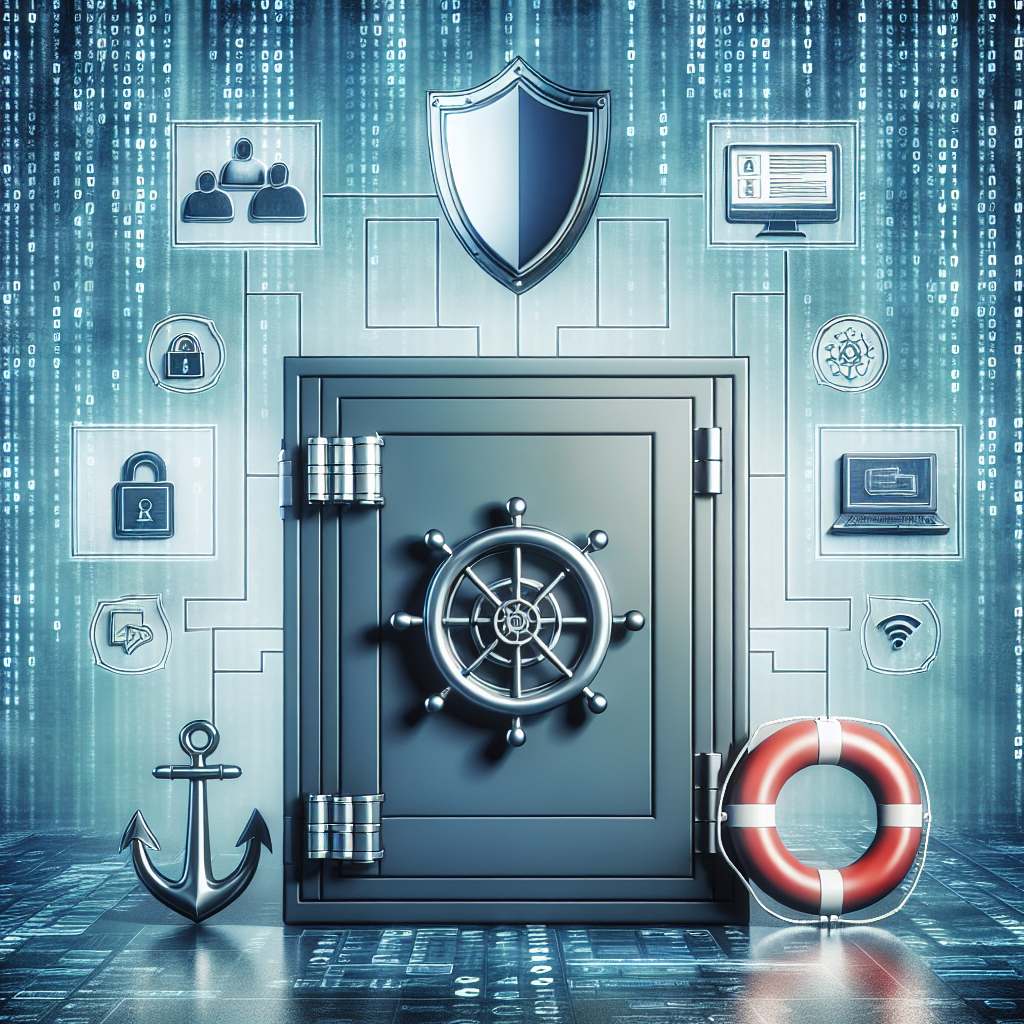
Ensuring Data Security: The Role of Backup and Recovery Strategies
In today’s digital age, data security is of utmost importance for businesses and individuals alike. With the increasing amount of data being generated and stored, the risk of data breaches and loss has also grown significantly. This is why having a robust backup and recovery strategy in place is essential to ensure the safety and integrity of your data.Backup and recovery strategies involve creating copies of your data and storing them in secure locations, so that in the event of a data loss or breach, you can easily restore your information and continue operations without any major disruptions. There are several key components to consider when implementing a backup and recovery plan:
1. Regular backups: It is crucial to regularly backup your data to ensure that you have the most up-to-date information in case of a data loss. This could be done daily, weekly, or even hourly depending on the volume and sensitivity of your data.
2. Offsite storage: Storing your backups in a separate location from your primary data center is essential to protect against physical disasters such as fires, floods, or theft. Cloud-based storage solutions are a popular choice for offsite backups as they offer secure and scalable storage options.
3. Encryption: Encrypting your backup data is important to prevent unauthorized access in case of a breach. Make sure to use strong encryption algorithms and regularly update your encryption keys to enhance security.
4. Testing and validation: It is crucial to regularly test your backup and recovery processes to ensure that they are working effectively. Conducting regular recovery drills will help identify any potential issues or gaps in your strategy and allow you to address them before a real disaster strikes.
5. Monitoring and alerting: Implementing monitoring tools that can alert you to any anomalies or failures in your backup and recovery processes is crucial for timely detection and response to potential threats. This will help you minimize downtime and data loss in case of a breach.
By implementing a comprehensive backup and recovery strategy, you can ensure the security and integrity of your data and protect your business from potential threats and disruptions. Investing in data security measures is not only a prudent business decision but also a legal requirement in many industries. Don’t wait until it’s too late – start implementing robust backup and recovery strategies today to safeguard your data and ensure business continuity.
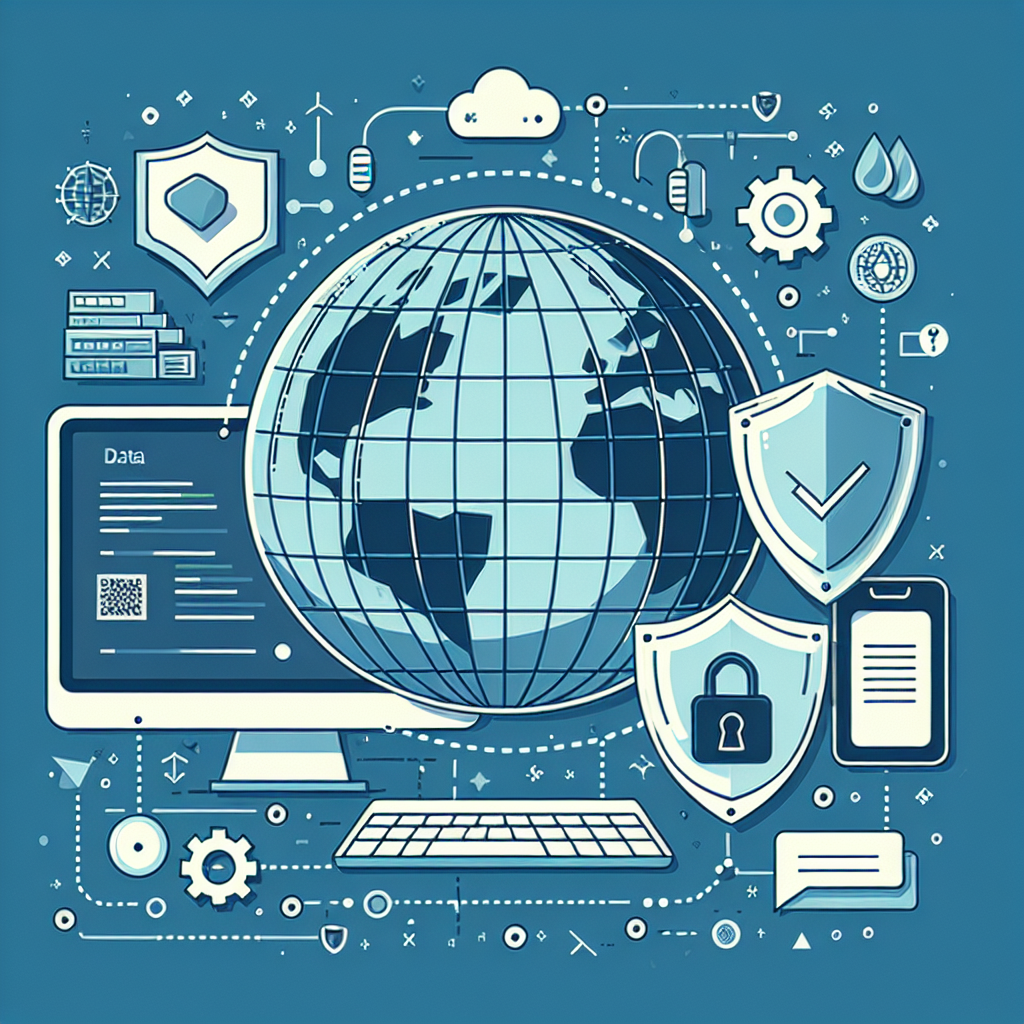
Outsourcing IT Security: Ensuring Data Protection in a Globalized World
In today’s digital age, businesses are constantly facing the threat of cyber attacks and data breaches. With the rise of cloud computing, mobile devices, and the Internet of Things, companies are more vulnerable than ever to security threats. This has led to an increased focus on IT security and the protection of sensitive data.Many businesses are turning to outsourcing as a solution to their IT security needs. Outsourcing IT security allows companies to tap into the expertise of specialized security firms and professionals, who can provide the necessary tools and techniques to protect their data. By outsourcing IT security, businesses can also benefit from cost savings, as they do not have to invest in expensive security infrastructure and personnel.
One of the key advantages of outsourcing IT security is the ability to access a team of experts who are dedicated to protecting your data. These professionals have the knowledge and skills to identify and mitigate security threats, as well as to implement best practices for data protection. By outsourcing IT security, businesses can ensure that their data is secure and protected from potential breaches.
Outsourcing IT security also allows companies to stay ahead of the curve when it comes to new security threats. Security firms are constantly monitoring the latest trends in cyber attacks and developing new solutions to combat them. By outsourcing IT security, businesses can benefit from these innovations and ensure that their data is protected from the latest threats.
However, outsourcing IT security does come with its own set of challenges. Companies must carefully vet their security providers and ensure that they have the necessary credentials and experience to protect their data. Additionally, businesses must establish clear communication and expectations with their security providers to ensure that their data is being protected effectively.
In conclusion, outsourcing IT security can be a valuable tool for businesses looking to protect their data in a globalized world. By tapping into the expertise of specialized security firms, companies can ensure that their data is secure and protected from potential breaches. While there are challenges associated with outsourcing IT security, the benefits far outweigh the risks. By investing in IT security outsourcing, businesses can safeguard their data and maintain a competitive edge in today’s digital landscape.
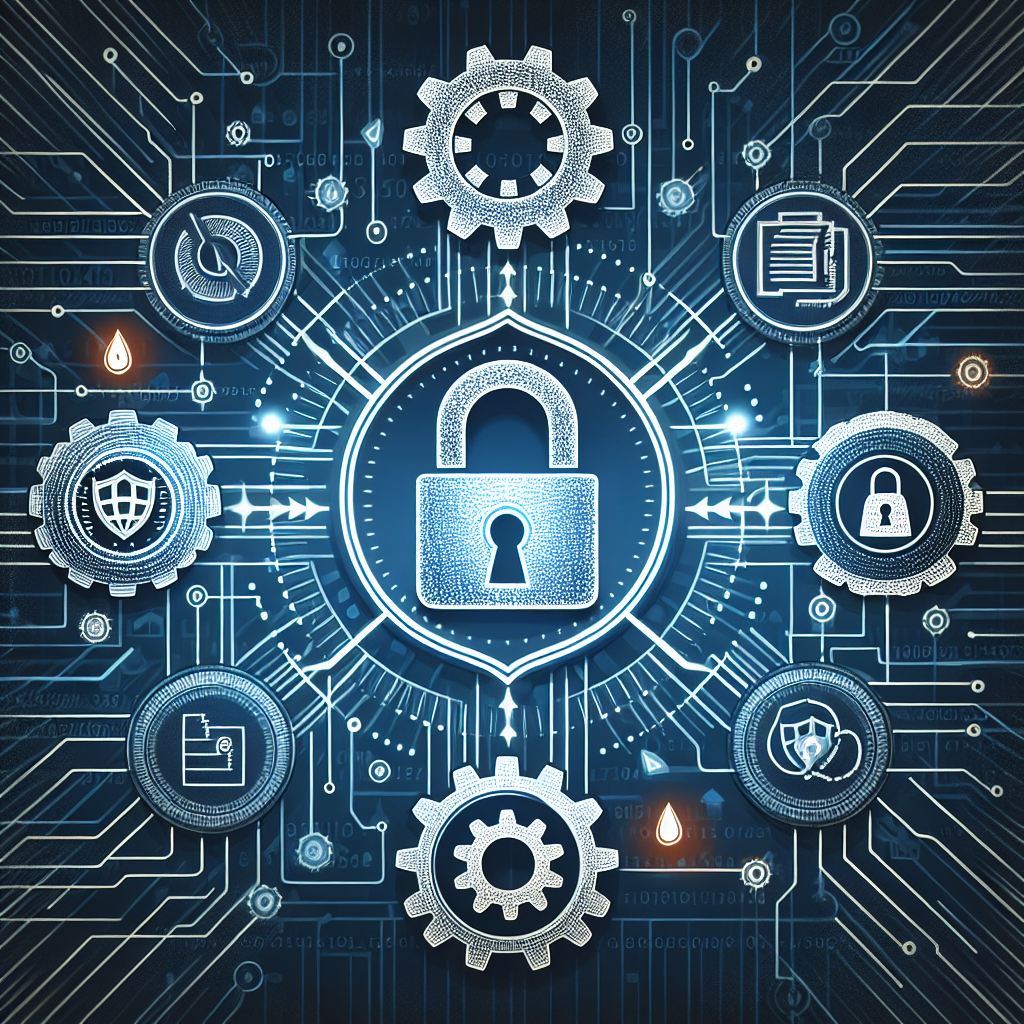
Enhancing Security with Managed Services
In today’s digital age, businesses are constantly facing threats to their security. From cyber attacks to physical breaches, the need for robust security measures has never been greater. Managed services offer a comprehensive solution to enhance security and protect businesses from potential threats.Managed services providers offer a range of security solutions, including managed firewall services, intrusion detection and prevention, endpoint security, and security information and event management (SIEM) services. These services are designed to monitor, detect, and respond to security incidents in real-time, ensuring that businesses are protected against potential threats.
One of the key benefits of using managed services for security is the expertise and experience that providers bring to the table. Managed services providers employ highly skilled security professionals who have the knowledge and experience to effectively monitor and respond to security incidents. This expertise is crucial in today’s rapidly evolving threat landscape, where new threats are constantly emerging.
Another advantage of using managed services for security is the cost savings. By outsourcing security to a managed services provider, businesses can avoid the high costs associated with hiring and training in-house security professionals. Managed services providers offer predictable pricing models, making it easier for businesses to budget for their security needs.
Furthermore, managed services providers offer 24/7 monitoring and support, ensuring that businesses are protected around the clock. This constant monitoring allows for early detection of security incidents and quick response times, minimizing the impact of potential breaches.
In addition to enhanced security, managed services providers also offer valuable insights and analytics that can help businesses improve their overall security posture. By analyzing security data and trends, managed services providers can identify vulnerabilities and weaknesses in a business’s security infrastructure, allowing for proactive measures to be taken to strengthen security.
In conclusion, managed services offer a comprehensive solution to enhance security and protect businesses from potential threats. With expertise, cost savings, 24/7 monitoring, and valuable insights, managed services providers are an invaluable asset in today’s security landscape. Businesses that prioritize security should consider leveraging managed services to ensure they are adequately protected against threats.
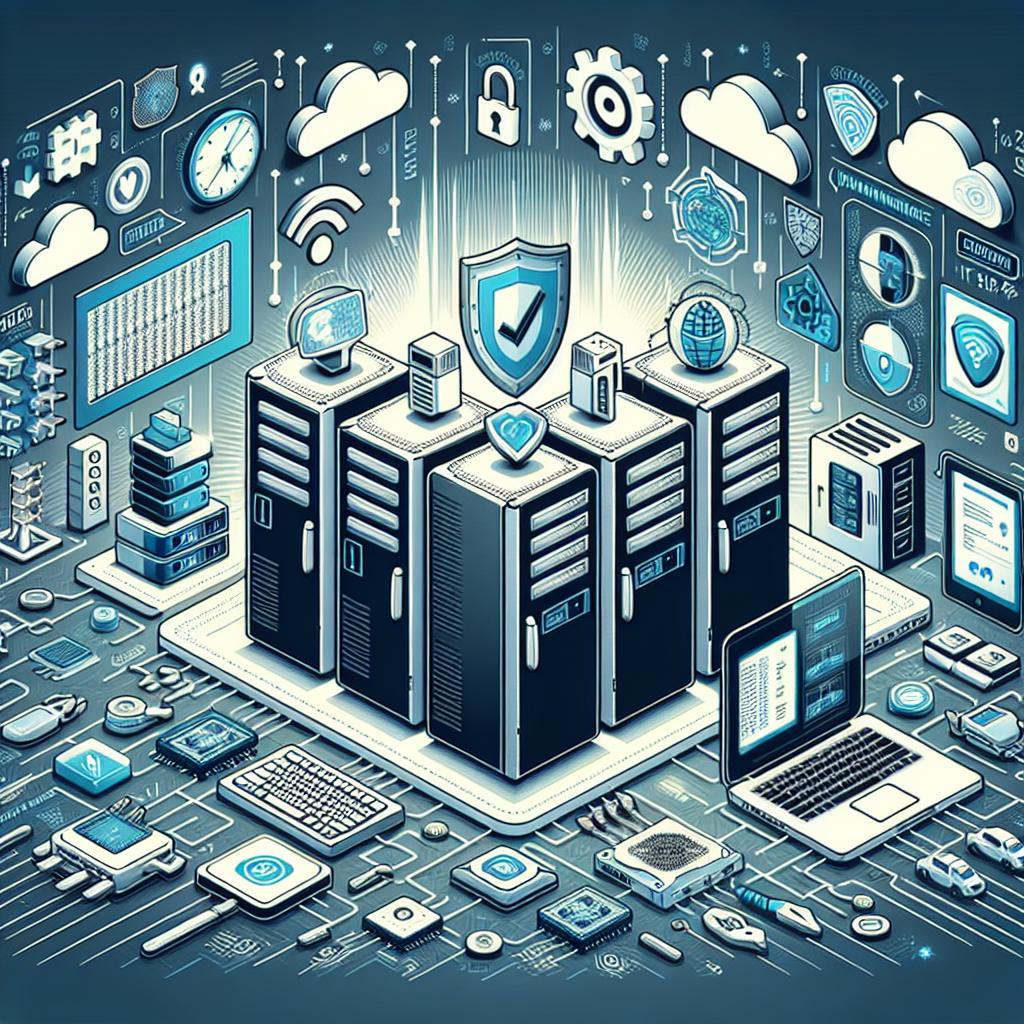
Implementing IT Infrastructure Management Best Practices for Improved Performance and Security
In today’s digital world, IT infrastructure management is crucial for businesses to ensure smooth operations, optimal performance, and enhanced security. With the increasing complexity of IT systems and the constant threat of cyberattacks, implementing best practices in IT infrastructure management is essential for organizations to stay competitive and secure.One of the key aspects of IT infrastructure management is ensuring the performance of the systems. By implementing best practices such as regular monitoring, capacity planning, and performance optimization, businesses can ensure that their IT infrastructure is running at its peak efficiency. Monitoring tools can help organizations identify potential issues before they escalate, while capacity planning can help allocate resources effectively and prevent bottlenecks.
Security is another critical aspect of IT infrastructure management. With cyberattacks becoming more sophisticated and prevalent, businesses need to implement robust security measures to protect their data and systems. Best practices in IT infrastructure management include implementing firewalls, antivirus software, encryption, and access controls to safeguard sensitive information and prevent unauthorized access.
In addition to performance and security, IT infrastructure management best practices also include disaster recovery planning and backup solutions. By having a comprehensive disaster recovery plan in place, businesses can minimize downtime in the event of a system failure or cyberattack. Backup solutions, such as cloud storage or offsite backups, can help organizations recover their data quickly and efficiently.
Furthermore, implementing IT infrastructure management best practices can also help businesses save costs and improve efficiency. By streamlining processes, automating routine tasks, and optimizing resource utilization, organizations can reduce operational expenses and improve productivity.
Overall, implementing best practices in IT infrastructure management is essential for businesses to ensure optimal performance, enhanced security, and cost savings. By investing in monitoring tools, security measures, disaster recovery planning, and backup solutions, organizations can effectively manage their IT infrastructure and stay ahead in today’s competitive and fast-paced digital landscape.
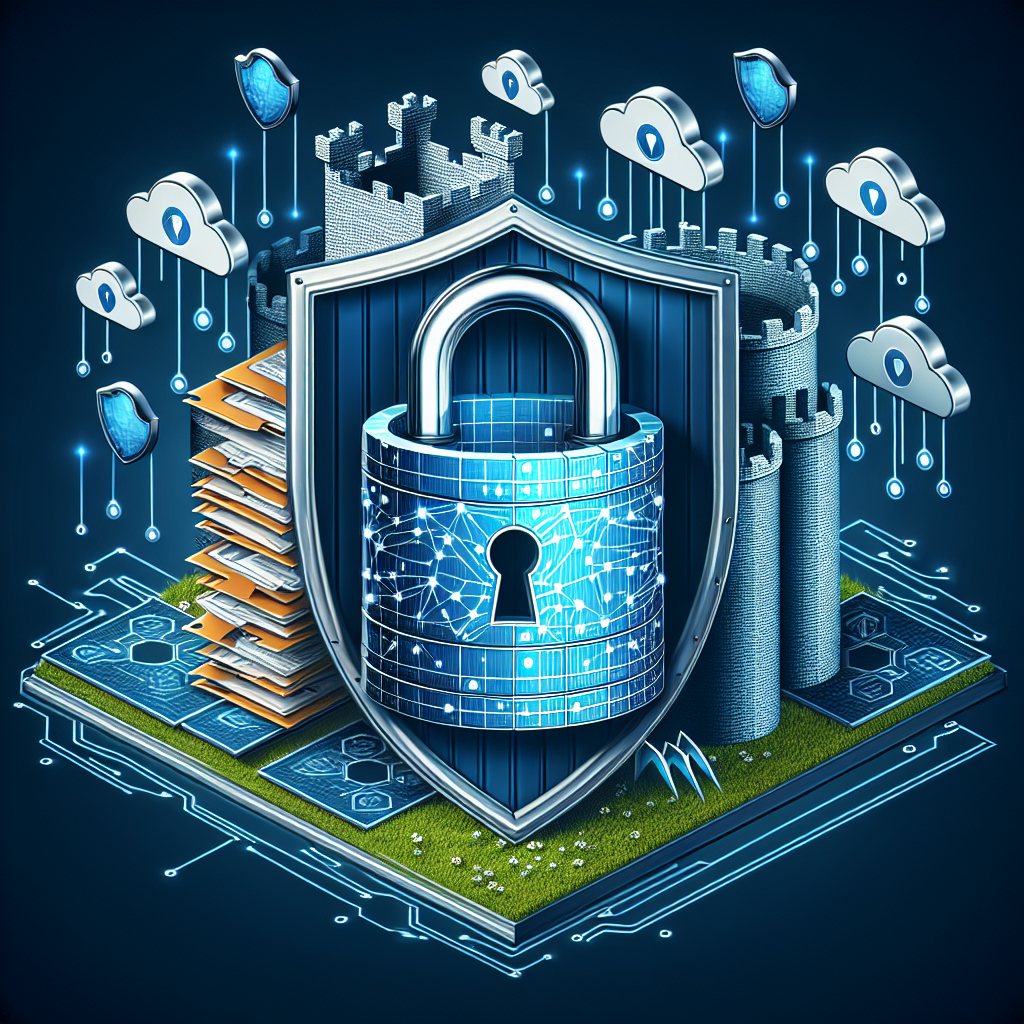
Ensuring Data Security and Compliance in Disaster Recovery Plans
In today’s digital age, data security and compliance are two critical components that organizations must consider when developing disaster recovery plans. The increasing frequency and complexity of cyber threats, along with stringent regulatory requirements, make it imperative for businesses to prioritize the protection of sensitive data and ensure compliance with relevant laws and regulations.One of the first steps in ensuring data security and compliance in disaster recovery plans is to conduct a thorough risk assessment. This involves identifying potential threats and vulnerabilities that could compromise the confidentiality, integrity, and availability of data. By understanding the risks facing the organization, businesses can develop strategies to mitigate these risks and strengthen their overall cybersecurity posture.
Another key aspect of data security and compliance in disaster recovery plans is ensuring that data is adequately backed up and stored securely. Organizations should implement robust backup procedures to ensure that critical data is regularly backed up and stored in multiple locations, including offsite or in the cloud. Additionally, encryption should be used to protect data both in transit and at rest, to prevent unauthorized access in the event of a breach.
Compliance with relevant laws and regulations is also essential when developing disaster recovery plans. Different industries are subject to specific data protection regulations, such as the Health Insurance Portability and Accountability Act (HIPAA) for healthcare organizations or the General Data Protection Regulation (GDPR) for businesses operating in the European Union. Organizations must ensure that their disaster recovery plans are in compliance with these regulations to avoid potential fines and legal consequences.
Regular testing and monitoring of disaster recovery plans are crucial to ensure their effectiveness in the event of a data breach or other disaster. Organizations should conduct regular drills and simulations to test the response and recovery procedures outlined in their plans. Additionally, continuous monitoring of network activity and data access can help detect any suspicious behavior or potential security incidents, allowing organizations to respond promptly and minimize the impact on data security.
In conclusion, ensuring data security and compliance in disaster recovery plans is essential for organizations to protect sensitive data and maintain regulatory compliance. By conducting risk assessments, implementing secure backup procedures, and ensuring compliance with relevant laws and regulations, businesses can strengthen their overall cybersecurity posture and be better prepared to respond to potential threats and disasters. Regular testing and monitoring of disaster recovery plans are also critical to ensure their effectiveness and reliability in the face of evolving cyber threats.
